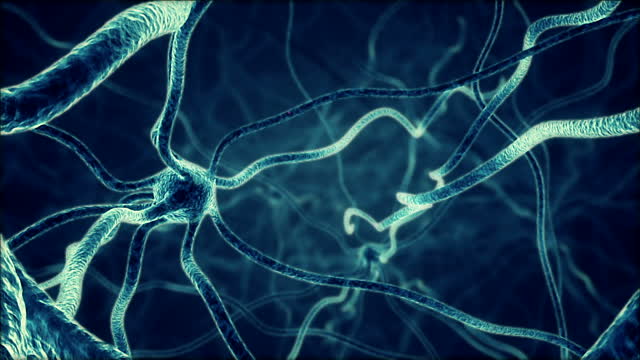Fear-Memories Can Be Erased, Study Finds
by Jason von Stietz, M.A. - August 25, 2017

At times, fear is healthy and necessary. For example, an individual hiking in the woods should feel fear and avoid approaching a bear or other wild animals. However, often times individuals develop unhealthy or unhelpful fears such as a phobia of dogs, even if they are domesticated and friendly. Researchers at University of California, Riverside investigatesd the use of a method of selectively erasing fear-memories by weakening the connections of the neurons involved in the formation of those memories. The study was discussed in a recent article in Medical Xpress:
To survive in a dynamic environment, animals develop fear responses to dangerous situations. But not all fear memories, such as those in PTSD, are beneficial to our survival. For example, while an extremely fearful response to the sight of a helicopter is not a useful one for a war veteran, a quick reaction to the sound of a gunshot is still desirable. For survivors of car accidents, it would not be beneficial for them to relive the trauma each time they sit in a car.
In their lab experiments, Jun-Hyeong Cho, M.D., Ph.D., an assistant professor of molecular, cell, and systems biology, and Woong Bin Kim, his postdoctoral researcher, found that fear memory can be manipulated in such a way that some beneficial memories are retained while others, detrimental to our daily life, are suppressed.
The research, done using a mouse model and published today in Neuron, offers insights into how PTSD and specific phobias may be better treated.
"In the brain, neurons communicate with each other through synaptic connections, in which signals from one neuron are transmitted to another neuron by means of neurotransmitters," said Cho, who led the research. "We demonstrated that the formation of fear memory associated with a specific auditory cue involves selective strengthening in synaptic connections which convey the auditory signals to the amygdala, a brain area essential for fear learning and memory. We also demonstrated that selective weakening of the connections erased fear memory for the auditory cue."
In the lab, Cho and Kim exposed mice to two sounds: a high-pitch tone and a low-pitch tone. Neither tone produced a fear response in the mice. Next, they paired only the high-pitched tone with a mild footshock administered to the mice. Following this, Cho and Kim again exposed the mice to the two tones. To the high-pitch tone (with no accompanying footshock), the mice responded by ceasing all movement, called freezing behavior. The mice showed no such response to the low-pitch sound (with no accompanying footshock). The researchers found that such behavioral training strengthened synaptic connections that relay the high-pitch tone signals to the amygdala.
The researchers then used a method called optogenetics to weaken the synaptic connection with light, which erased the fear memory for the high-pitch tone.
"In the brain, neurons receiving the high- and low-pitch tone signals are intermingled," said Cho, a member of the Center for Glial-Neuronal Interactions in the UC Riverside School of Medicine. "We were able, however, to experimentally stimulate just those neurons that responded to the high-pitch sound. Using low-frequency stimulations with light, we were able to erase the fear memory by artificially weakening the connections conveying the signals of the sensory cue—a high-pitch tone in our experiments - that are associated with the aversive event, namely, the footshock."
Cho explained that for adaptive fear responses to be developed, the brain must discriminate between different sensory cues and associate only relevant stimuli with aversive events.
"This study expands our understanding of how adaptive fear memory for a relevant stimulus is encoded in the brain," he said. "It is also applicable to developing a novel intervention to selectively suppress pathological fear while preserving adaptive fear in PTSD."
The researchers note that their method can be adapted for other research, such as "reward learning" where stimulus is paired with reward. They plan next to study the mechanisms involved in reward learning which has implications in treating addictive behaviors.
Read the article Here
Comments
- Linda PetersS
-
In the laboratory, Jun-Heung Chow, MD, PhD, Molecules, and Assistant Professor of System Biology and his post Doctoral researcher, Wang Bin Kim, observed that delusional memory can be used in such a way that some useful memories are kept when others are harmful to our daily lives, Is suppressed.
Avoid approaching a bear or other wild animals. However, often the unhealthy or helpless fear of a person's dogs as a phobia develops, even if they are domesticated and friendly. Researchers at the University of California's University of California investigate the use of a method to eradicate terrible memory by weakening the connection of the nerves involved in the formation of these memories. This study is discussed in a recent medical report. .I with agree your post…
- September 11, 2017, 4:55 PM
- Reply

 Subscribe to our Feed via RSS
Subscribe to our Feed via RSS